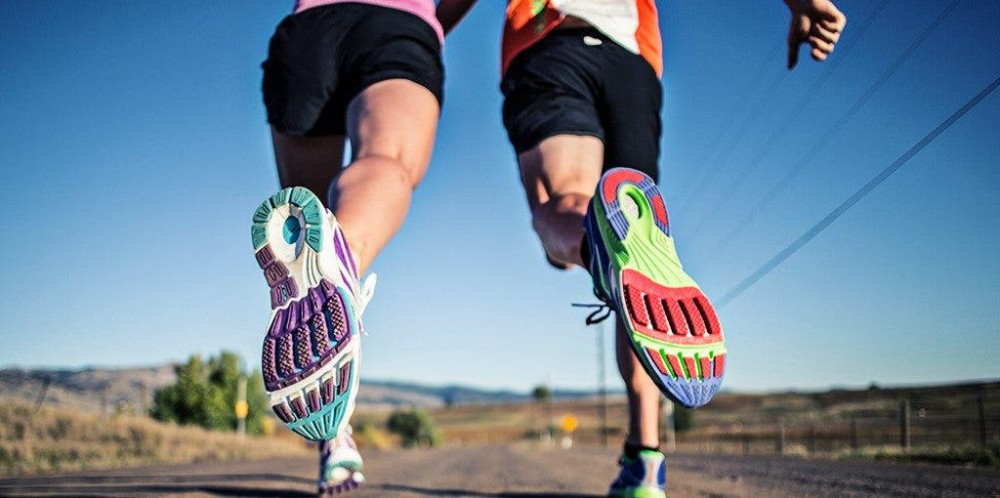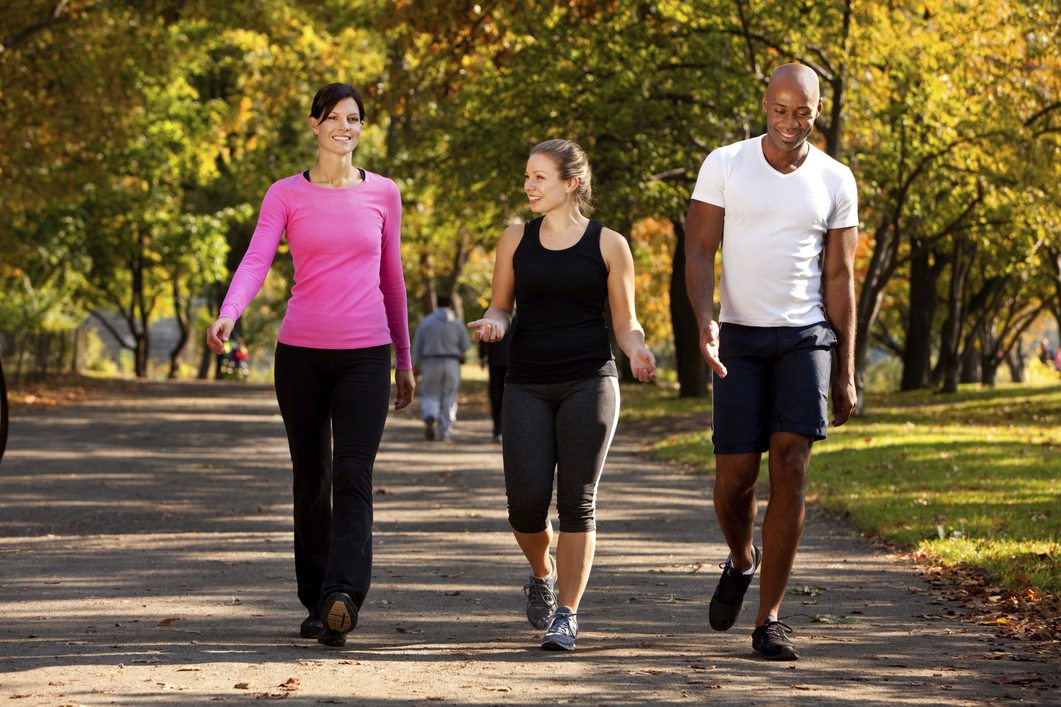Like other people, I have a love-hate relationship with running. There are days when I come back from running feeling incredible, like I’m on top of the world. But there are other days when I come home miserable, I feel sorry for myself.
Andrew Read, an endurance athlete and coach, considers running to be “the killer application of the human body” (he also considers it “the exercise equivalent to vegetables”). While it is true that running is one of the most basic exercises for humans, injury statistics suggest that running is not always as easy as other natural activities for us, probably due to our current lifestyle. If you’re considering giving running a try, here are some tips from our coaches.
1. What do I need?
The first thing is the most fun: the tools! Jannine Myers, coach and runner, included in her article “A beginner’s Guide to Running Gear” a list of the essentials you need to start running:
- Footwear.
- Clothing.
- Sunscreen.
- Cap or visor.
- Sunglasses.
- A bottle to keep you hydrated.
- Reflective clothing or accessories.
In Jannine’s original article, you can find out which brands she recommends in particular. At first, some of these objects may seem unnecessary to you, but the truth is that they will make you enjoy the experience much more, which will make it more likely that you will get hooked on it.

2. What type of footwear is the best for me?
Believe it or not, the shoes you use for running are really important. You may be tempted to go to the mall and buy the coolest or most fashionable sneakers, but the most important step in finding the best shoes is finding your size . This is especially important if you want to run long distances. Therefore, take your time when it comes to seeing what your size is. Any store with running gear should be able to advise you on what type of footwear you need.
Nicole Crawford says she’s sure the shoes she wore in her first marathon were half a size smaller, considering how her feet ended up in the end. Therefore, we must learn from those mistakes, love our feet and take our time to choose the correct size.
3. How do I get started?
Now that you have all the gear you need, it’s time to start running. You may have heard that you should start sprinting to improve your fitness, but Coach Andrew Read has a different take: If you’re a beginner at the gym, no one tells you that you need to carry the heaviest weight right out of the box. However, as soon as you ask someone what you should do to start running, what they say is “sprint.” This may be one of the stupidest tips out there in the fitness world right now.
Running fast puts a lot of strain on our bodies – much more than a hard squat or deadlift session. Therefore, what Andrew Read recommends is to start with a walking / running program . An example of this would be the following: do 5 minute sets. In the first week we exercise for a total of 30 minutes, jogging for 1 minute and walking for 4 minutes, repeating this a total of six times. Repeat this three times a week.
- Week 1: Jog 1 minute / Walk 4 minutes x 6 times.
- Week 2: Jog 2 minutes / Walk 3 minutes x 6 times.
- Week 3: Jog 3 minutes / Walk 2 minutes x 6 times.
- Week 4: Jog 4 minutes / Walk 1 minute x 6 times.

4. Everything hurts! What am I doing wrong?
There may be many answers to this question, but there is only one thing you can do to avoid pain after running: relax.
- Relax your shoulders . Your shoulders should not be at the level of your ears.
- Relax your hands . Your big toe should rest on the first knuckle of your index finger, as if you were lightly holding a butterfly, preventing it from escaping, but not hurting its wings. Therefore, relax your knuckles, do not squeeze your fingers together. But don’t keep your fingers stretched out tightly like you have claws either.
- Relax your feet . Your feet should hang from your ankles when you are running. I assure you that your feet know where they have to go. If we were to freeze the image in the middle of a step, if someone were to hit you on the top of your foot, it would have to be so loose and light that it would sway on impact (Nicole Crawford claims to have been hit in the foot by several running coaches to throughout his life, so he knows what he’s talking about).
There is an exception: what you do have to keep in tension is your torso.
5. Will I still be able to lift weights?
Yes! The myth that strength training and running cannot be combined has been proven false several times over the past decade. If done with proper technique and care, runners can benefit from working with weights, thereby improving their stability and core strength. Thus, runners can be more athletic and stronger by doing different exercises such as pressing, squats, and deadlifts.
6. Should I sign up for a career?
Training for a race has quite a few benefits. The first is that you set a goal for yourself . Normally you can find groups in your area that are training, so that you would meet people with the same purpose, having more fun, therefore. If you are really taking running seriously, I recommend signing up for a race.
Marathon runner Christine Dahl shares a series of questions to ask yourself before signing up for a race:
- Are you excited about the idea of participating in a race?
- When is the race?
- What training does it require?
- Does this career suit my lifestyle?
With these 6 tips you can put on your shoes now and start running and enjoy yourself. Don’t forget that if sport hurts or seems boring, you are probably doing something wrong. With a few simple changes you can prevent this from happening to you again.
